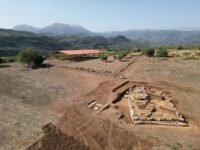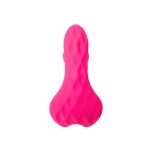Archaeologists discovered the tomb of Idi, the daughter of the priestess and governor, in a tomb in the Assiut cemetery. Among the important grave goods, her tomb contained two nesting coffins made of imported wood, with elaborately painted images and texts of the afterlife.
The tomb of Djefaihapi I dates to around 1880 BC. He was the governor (governor) of the 13th Nome of Upper Egypt during the reign of the Pharaoh Senusret I of the Twelfth Dynasty. His huge rock-cut tomb was a gift from the pharaoh and was famous even in ancient times. The tomb’s chamber is over 36 feet high, 92 feet deep, and 230 feet wide. The interior is decorated with inscriptions and paintings. Its inscription was considered theologically and linguistically important in ancient Egypt, and copies circulated for 2,000 years.
 It is currently being excavated by an international team of archaeologists from the Institute of Egyptology of the Freie Universität Berlin, Sohag University in Egypt, Kanazawa University in Japan and the Polish Academy of Sciences. This season, researchers discovered a side chamber sealed off by quarry rubble in the 46-foot-deep shaft. After three seasons of excavation, the ruins were cleared, revealing the chamber and making it accessible to archaeologists for the first time. It had been looted in ancient times, but probably because of the difficult location, the thieves only robbed jewelry and precious metal items, leaving behind most of the funerary objects and coffins.
It is currently being excavated by an international team of archaeologists from the Institute of Egyptology of the Freie Universität Berlin, Sohag University in Egypt, Kanazawa University in Japan and the Polish Academy of Sciences. This season, researchers discovered a side chamber sealed off by quarry rubble in the 46-foot-deep shaft. After three seasons of excavation, the ruins were cleared, revealing the chamber and making it accessible to archaeologists for the first time. It had been looted in ancient times, but probably because of the difficult location, the thieves only robbed jewelry and precious metal items, leaving behind most of the funerary objects and coffins.
Both coffins were decorated with unusually complex images and text describing the deceased’s journey to the afterlife. The decoration on the inside and outside of the coffin is more detailed than similar items from the same period, reflecting the superior quality of the paintings and inscriptions on Edi’s father’s tomb. In particular, the wealth of texts – which include religious texts known as the “Coffin Texts”, lists of offerings and titles – will shed new light on the status of women and the transfer of knowledge in ancient Egypt.
Other grave goods include wooden statues, daggers, pharaonic emblems and food offerings. Another inscribed chest contains canopic jars used to store Edie’s vital organs during the mummification process, such as her liver, spleen, lungs and intestines. The remains of Edie’s clothes and bones, partially destroyed by looters, provide us with a first impression of her life and health. Preliminary examination of her remains indicated that Edie was approximately forty years old when she died.
The wooden coffin and other items in Edi’s tomb were initially protected so that they could be removed intact through a narrow vertical shaft. Once found, they will be handed over to the Egyptian Ministry of Antiquities and Tourism for further study and preservation.


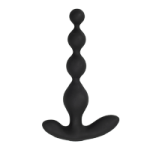 Anal Beads
Anal Beads Anal Vibrators
Anal Vibrators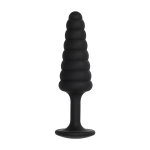 Butt Plugs
Butt Plugs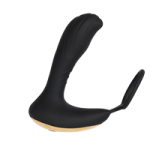 Prostate Massagers
Prostate Massagers
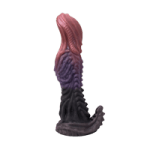 Alien Dildos
Alien Dildos Realistic Dildos
Realistic Dildos
 Kegel Exercisers & Balls
Kegel Exercisers & Balls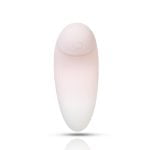 Classic Vibrating Eggs
Classic Vibrating Eggs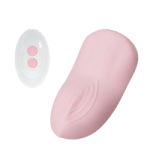 Remote Vibrating Eggs
Remote Vibrating Eggs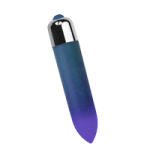 Vibrating Bullets
Vibrating Bullets
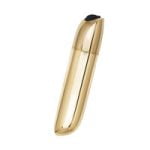 Bullet Vibrators
Bullet Vibrators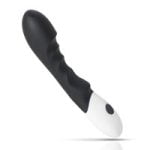 Classic Vibrators
Classic Vibrators Clitoral Vibrators
Clitoral Vibrators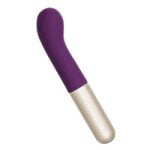 G-Spot Vibrators
G-Spot Vibrators Massage Wand Vibrators
Massage Wand Vibrators Rabbit Vibrators
Rabbit Vibrators Remote Vibrators
Remote Vibrators
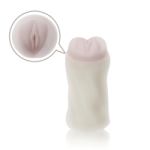 Pocket Stroker & Pussy Masturbators
Pocket Stroker & Pussy Masturbators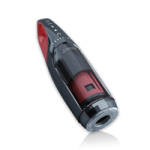 Vibrating Masturbators
Vibrating Masturbators
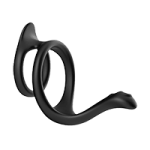 Cock Rings
Cock Rings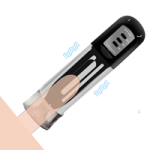 Penis Pumps
Penis Pumps
 Wearable Vibrators
Wearable Vibrators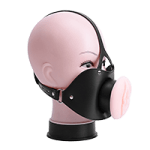 Blindfolds, Masks & Gags
Blindfolds, Masks & Gags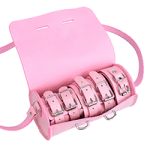 Bondage Kits
Bondage Kits Bondage Wear & Fetish Clothing
Bondage Wear & Fetish Clothing Restraints & Handcuffs
Restraints & Handcuffs Sex Swings
Sex Swings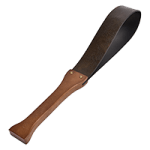 Ticklers, Paddles & Whips
Ticklers, Paddles & Whips






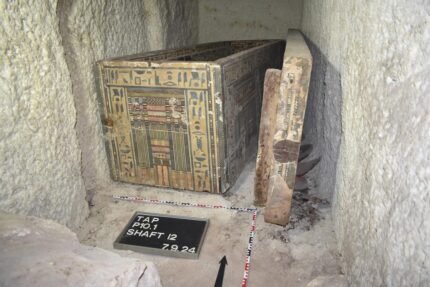
 Both coffins were decorated with unusually complex images and text describing the deceased’s journey to the afterlife. The decoration on the inside and outside of the coffin is more detailed than similar items from the same period, reflecting the superior quality of the paintings and inscriptions on Edi’s father’s tomb. In particular, the wealth of texts – which include religious texts known as the “Coffin Texts”, lists of offerings and titles – will shed new light on the status of women and the transfer of knowledge in ancient Egypt.
Both coffins were decorated with unusually complex images and text describing the deceased’s journey to the afterlife. The decoration on the inside and outside of the coffin is more detailed than similar items from the same period, reflecting the superior quality of the paintings and inscriptions on Edi’s father’s tomb. In particular, the wealth of texts – which include religious texts known as the “Coffin Texts”, lists of offerings and titles – will shed new light on the status of women and the transfer of knowledge in ancient Egypt. Other grave goods include wooden statues, daggers, pharaonic emblems and food offerings. Another inscribed chest contains canopic jars used to store Edie’s vital organs during the mummification process, such as her liver, spleen, lungs and intestines. The remains of Edie’s clothes and bones, partially destroyed by looters, provide us with a first impression of her life and health. Preliminary examination of her remains indicated that Edie was approximately forty years old when she died.
Other grave goods include wooden statues, daggers, pharaonic emblems and food offerings. Another inscribed chest contains canopic jars used to store Edie’s vital organs during the mummification process, such as her liver, spleen, lungs and intestines. The remains of Edie’s clothes and bones, partially destroyed by looters, provide us with a first impression of her life and health. Preliminary examination of her remains indicated that Edie was approximately forty years old when she died.